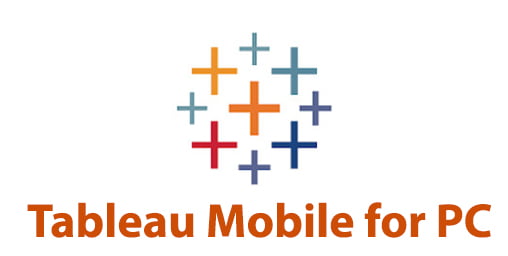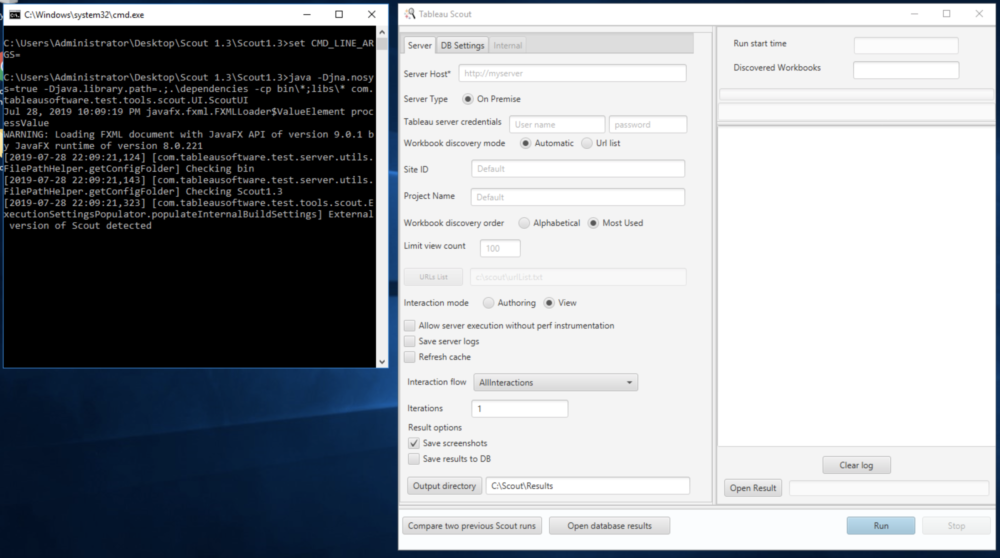
- Tableau only for windows or mac professional#
- Tableau only for windows or mac download#
- Tableau only for windows or mac free#
Tableau Online is a hosted version of Tableau Server. It runs on Windows, has an administration system to control sharing, and can work with all the same data sources as Tableau Desktop. Tableau Server is a private version of the system you recently used. That version of the app can only save analyses to the Tableau Public server.
Tableau only for windows or mac download#
Anyone can sign up for Tableau Public for free, then download the Tableau Public app for Windows or Mac to create other analyses. New in this version is support for SAS, SPSS, and R data files Apache Spark SQL servers and regular expressions in calculated fields for PostgreSQL, TDE, Apache Hive, and Oracle.ĬNBC Recovery Watch is an example of a Tableau story on Tableau Public, which as you’ve seen displays the analyses in a browser. Dashboards can contain an arrangement of multiple worksheets, and you can create actions for one worksheet that affect other worksheets in the dashboard, making it easy to, for example, see the data for a particular city over time, as in the “See what’s happening in your home town” dashboard of the CNBC Recovery Watch story.įigure 2: Tableau 9 can read a wide range of files (shown above) and servers. Tableau lets you organize your analyses into worksheets, dashboards, and stories.

You can also do a lot with actions and tool tips. Color, size, and shape give you the ability to represent extra dimensions and measures on a given chart in addition to the row and column measures. For example, the size of bubbles can be controlled in the Edit Sizes dialog that comes up when you double-click the bubble card, below the marks and colors cards to the left of the chart in Figure 3. You can drag them into rows and columns, attributes and filters.Įvery feature of Tableau has additional options, even though the default settings are often pretty good. As we can see in Figure 3, the data dimensions (fields used for classification) and measures (data values both primary and calculated) appear in the tab at the left. Tableau analysis is a drag-and-drop process with property sheets, kind of like a Visual Basic for data scientists. Tableau also gives the analyst a lot of flexibility to pivot, split, reformat, and massage the imported data without having to return to the original data source.įigure 1: Tableau 9’s Welcome screen offers easy access to data connections, workbooks, training, and resources. It does a similarly good job of inferring geographical information from street addresses.

Tableau does a good job of importing data whether or not it’s in an ideal format. If you know the joined data has referential integrity, you can improve performance by telling Tableau to assume referential integrity. You can connect multiple data sources to a Tableau worksheet and create joins between tables or files.
Tableau only for windows or mac free#
Tableau Personal is restricted to six kinds of data source the free Tableau Public can use a mere four kinds of data source.

Tableau only for windows or mac professional#
Tableau Professional can connect to a wide assortment of file (Figure 2) and server data sources, including Excel workbooks, character- and tab-delimited files, statistical files, and upward of 40 server types, although 19 of those are available only from Windows. On the other hand, other products are better for routine line-of-business reporting, even if they are not as good as these products for data discovery. As you’ll see, however, Tableau, Qlik Sense, and Power BI all offer a good selection of chart types and data sources, and they are all much easier to learn and use than the traditional BI products. Note that there are about two dozen significant products in the BI category the three I discuss here are not your only choices. Each product might be useful to you, depending on your specific requirements and budgetary limitations. The three data discovery products I’ve been reviewing over the last few months - Tableau, Qlik Sense, and Power BI - demonstrate a range of capabilities at a range of prices, with Tableau the most capable and expensive, Qlik Sense in the middle, and Power BI the least capable, but a very good value. Things got worse, not better, as the various BI product marketers got into feature wars instead of actually trying to deliver business value. Let’s face it: The first-generation BI products required their own IT priesthood to set up, and they incurred the same implementation delays as every other IT project. Watching the new, easy-to-use, exploratory business intelligence products edge out the older, feature-bloated reporting platforms for systems of record is like watching evolution in action.


 0 kommentar(er)
0 kommentar(er)
